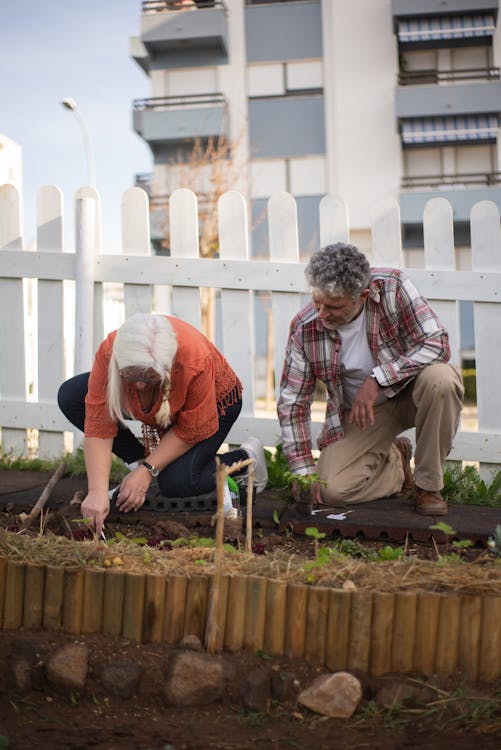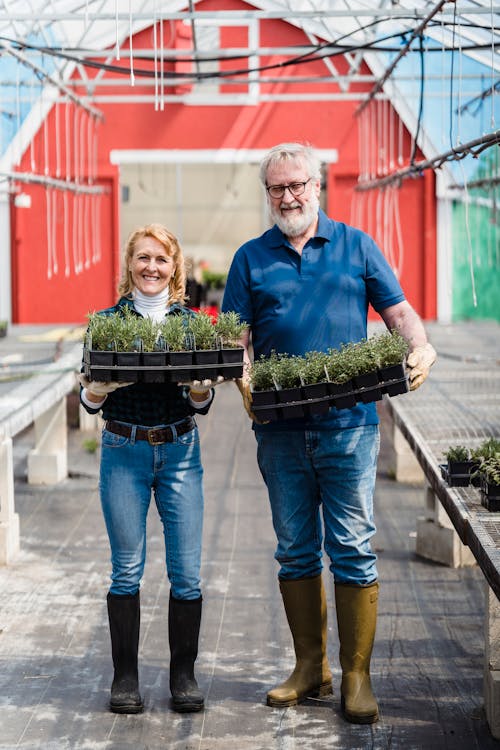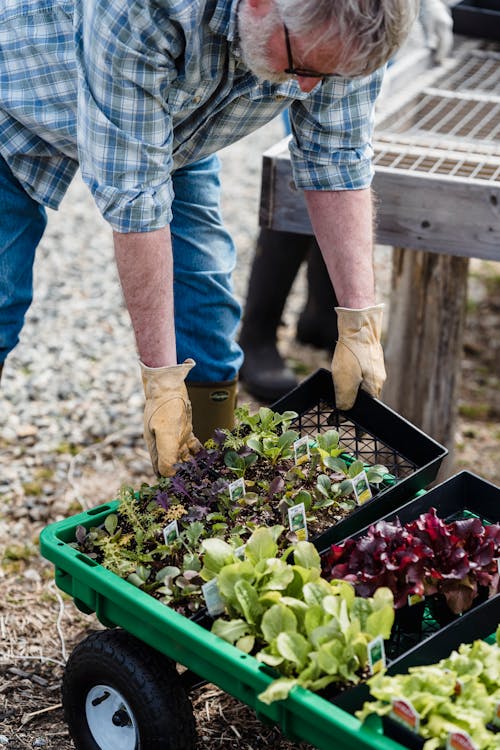Beginning a garden is one of the most gratifying points you can do. Plant aromatic florals or begin a veggie yard (or both!), and every person can gain from getting their hands a little dirty. But if you’re new to gardening, it can be hard to understand where to begin. Still, it doesn’t have to be complicated; when you break your job down into workable actions, you can reduce into gardening at your own rate. And quickly you’ll see the incentives of your initiatives with attractive views, tasty flavors, and colorful blooms. These actions will assist you start from square one, but if you have something certain in mind, you might likewise use a yard plan to direct your design.
1. Consider What to Plant
Do you intend to plant a vegetable garden? An herb garden? A flower yard? If you choose vegetables and also natural herbs for their payments to your dinner table, plant ones your family will eat or want to attempt. If you desire blossoms for their flair, shade, as well as fragrance, choose whether you desire annuals that flower most of the summertime yet require to be replanted each springtime or perennials that have a shorter blossom time however return every year. Each one, and even a mix, makes a magnificent garden however will certainly have different maintenance needs. One bit of suggestion: Start a little up until you understand what you’re entering into.

2. Choose the Best Garden Spot
Almost all veggies and several sorts of blooming plants require 6-8 hrs of complete sunlight every day. So you need to observe your lawn throughout the day to figure out which spots obtain full sunlight versus partial or complete shade. Don’t fret if your backyard is mostly questionable: You won’t be able to grow tomatoes in color, but lots of other plants (such as host as well as outside ferns) will do simply fine. Check plant tags or ask the staff at your neighborhood garden center to assist you to comprehend how much sun a plant needs.
3. Clear the Ground
Eliminate weeds as well as turf in the area you intend to plant. If you want quick results (if it’s currently springtime as well as you desire veggies this summertime), cut it out. Cut under the turf with a spade, cut the sod into sections to make it less complicated to get rid of, after that put it on your compost pile to decompose. For a longer-term job, it’s simpler to use the lasagna gardening approach: Cover your future yard with five sheets of newspaper; double that amount if your yard is Bermuda yard or St. Augustine grass. Spread out a 3-inch layer of compost (or a mix of potting soil and topsoil) on the paper, as well as wait. It’ll take about four months for the compost as well as paper to decompose. However, if you begin in the autumn, by spring you’ll have a bed all set to plant without any grass or weeds as well as a lot of rich soil.
4. Test and Improve Your Soil
For more information concerning your dirt, have a dirt examination done through your area participating expansion office. They’ll lead you via the procedure: How much soil to send from which parts of the garden and the very best time to acquire examples. Anticipate a two-week wait on the searching for, which will certainly tell you what your dirt does not have and exactly how to modify it. You can additionally make use of a DIY kit that might not be as thorough, however will certainly offer you an idea of your dirt’s nutrient levels.
5. Prepare Your Planting Beds
Loosening up the soil in new beds before sowing or growing aids roots to grow even more quickly and accessibility the water and nutrients they require. There are two approaches: tilling with a mechanical device such as a rototiller or digging by hand. The initial one is a great technique when you need to mix in huge amounts of changes. Nevertheless, it’s very easy to overdo it, which will wind up damaging soil structure. Digging is more sensible for preparing small beds.

6. Choose Your Plants
Some people pore over directories for months; others head to the yard center as well as buy what wows them. Either approach works as long as you pick plants adapted to your environment, soil, and also sunshine. You can even browse the Internet for plants to buy.
7. Beginning Planting
Some plants, such as pansies and also kale, endure cold, so you can grow them in autumn or late winter season. Tomatoes as well as the majority of annual flowers, on the other hand, prefer cozy temperatures, so do not grow them till the threat of frost has actually passed in your area. Mid spring, as well as mid-autumn, are good times to plant perennials.

8. Water at the Right Time
Seedlings should never be enabled to dry, so water daily. Lessen as the plants get larger. Transplants also require frequent watering (every other day or so) till their origins become developed. After that, exactly how frequently you require water depends upon your dirt, moisture, and rains, however, a week is an excellent area to begin. Clay soil dries more gradually than sandy soil, so you will not need to water it as commonly. Warm, gusty problems dry dirt faster than cool, overcast climate. Still uncertain? Really feel the soil 3-4 inches below the surface area. If it really feels dry, it’s time to water. Water gradually and also deeply, so the water soaks in rather than running. To decrease dissipation, water in the morning.
9. Protect Your Garden With Mulch
To help keep extract and dampness in, cover the dirt with a number of inches of mulch. You will not have to water as usual, as well as by stopping sunlight from hitting the dirt, you’ll protect against weed seeds from germinating. Select from a wide range of composts, each with its own benefits, consisting of shredded bark, straw, and river rock. If you make use of natural compost, such as bark, garden compost, or chocolate bean coverings (which scent good, incidentally), it will nurture the dirt as it breaks down. For a vegetable yard or bed of annuals, choose a mulch that decays in a couple of months. For perennials, use a longer-lasting mulch such as bark chips.

10. Maintain Your Garden Regularly
As your garden begins to grow, assist it to reach its full capacity by staying up to date with garden tasks. Water the plants prior to they shrivel. Draw weeds before they go to seed. Get rid of dead, dying, and also unhealthy plants. Banish damaging insects by picking them off the plant and dropping them right into a pail of sudsy water (such as tomato hornworms), hosing them off, or splashing on an insecticidal soap purchased at a garden center. Assistance tall plants (such as tomatoes) with a trellis, risk, or a tepee.
